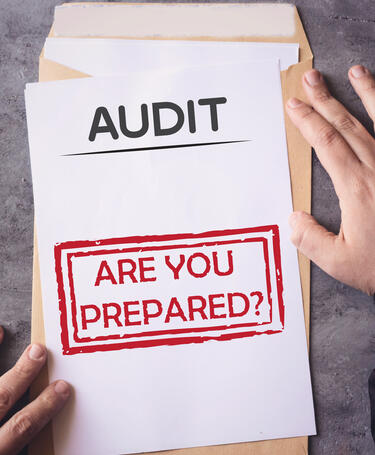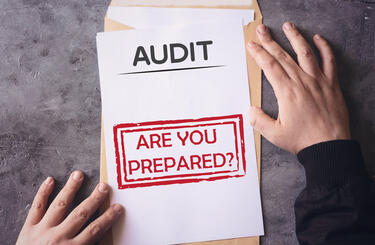
Creating a safe audit environment
Progress indicator

Damien Tiller, Quality Manager, Lead PQMS and QMS auditor, UK, explores the difference between a good and bad audit.
When I made the move into quality management – becoming more exposed to auditors and then stepping up to be lead auditor – I began to consider some of the challenges that auditors face. For example, what makes the difference between a good and substandard audit?
My first consideration, the audit material. While it could be perceived that the critical aspect of auditing is knowing the standard inside out, although highly important, the auditor’s knowledge of standards is not the defining factor of how successful an audit is. The auditor could be a walking encyclopedia of ISO 9001 and be able to effectively spot a non-conformity in documentation while blindfolded. However, if they cannot communicate their observations effectively, they might not be able to effect change as they need to.
Most auditors, and indeed auditees, will have experienced a simple conversation around an observation that became a little heated. At the other end of the scale, an observation may be misunderstood or disregarded as unimportant, with its severity not acknowledged by the auditee.
This interaction was an area for me to develop as I became more senior in my career. I had mastered the knowledge of the requirements and had become good at spotting opportunities for improvement, but I found that my ideas and observations were sometimes not being understood or were even rejected outright. I had belief in the standards and expected others to have the same, and it took some time to identify why some audits I had carried out were more successful than others.
In the end, a simple change in my approach, making use of the guidance in the book, Crucial Conversations: Tools for Talking When Stakes Are High by Kerry Patterson made all the difference.
Learning from observation
I noticed that often during audits, the auditor and auditee shared the same goal, but were unable to reach consensus. This began a journey of personal investigation, looking at examples of audits that went well and those that didn’t. After months of analysing conversations, audit reports and shadowing auditors, I could see that the most successful auditors, as in those finding consensus, were finding the same observations as I had been; using the same standards; and yet had they had been more successful, why?
By serendipity as part of my CPD I was reading a book called Crucial Conversations: Tools for Talking When Stakes Are High, which made me realise it was their method of communicating observations and conducting crucial conversations that surpassed my own. The ability to communicate non-conformities in a way that is engaging for the auditee makes the difference. The way the dialogue is handled can make or break an audit.
The importance of communication is included in ISO 19011:2018 – Guidelines for auditing management systems, which states that communication should be truthful, accurate, objective, timely, clear and complete. However, great auditors, are able to translate this into real world scenarios being able to make the auditee feel informed, supported and safe. This mutual harmony allows for clear communication, active listening and true buy-in to drive change.
Armed with this realisation and tools for value adding conversations, working to a shared pool of knowledge with the auditee ensured the message was harmoniously understood, and thus consensus was reached more often.
Quality World

Get the latest news, interviews and features on quality in our industry leading magazine.